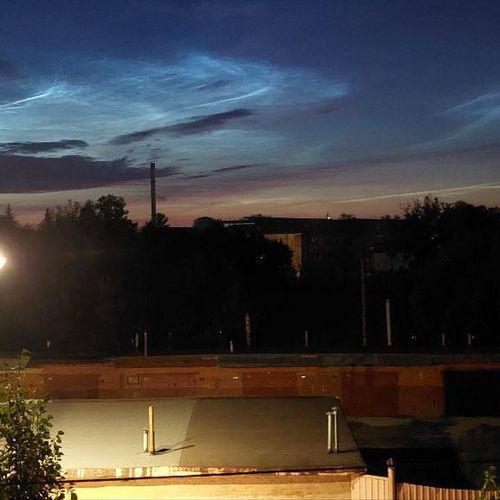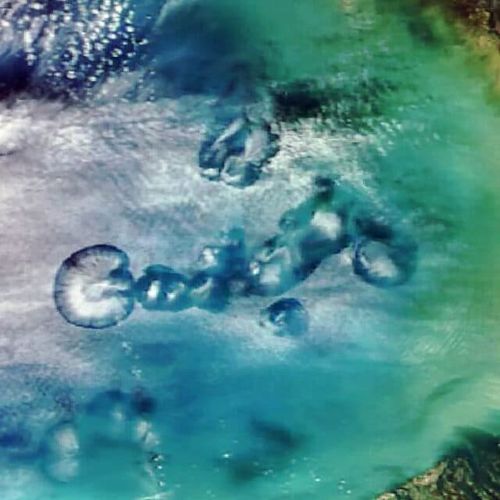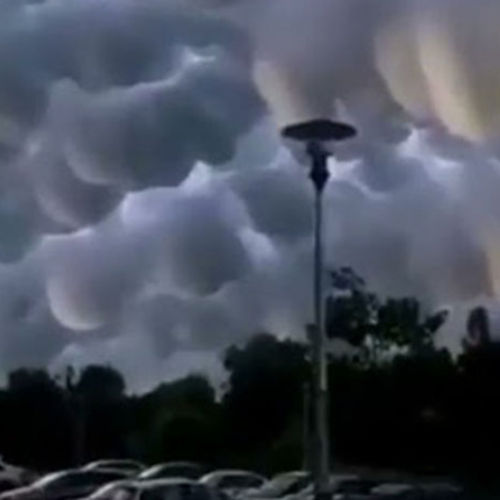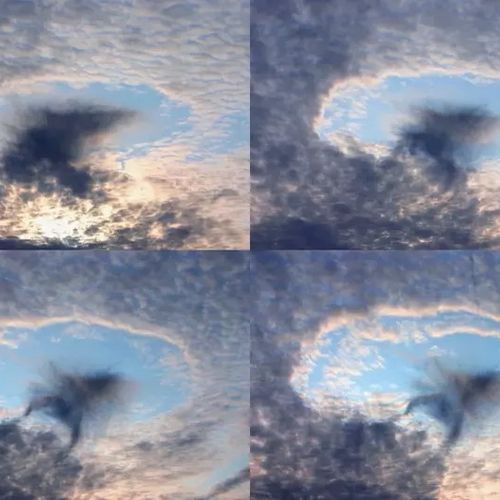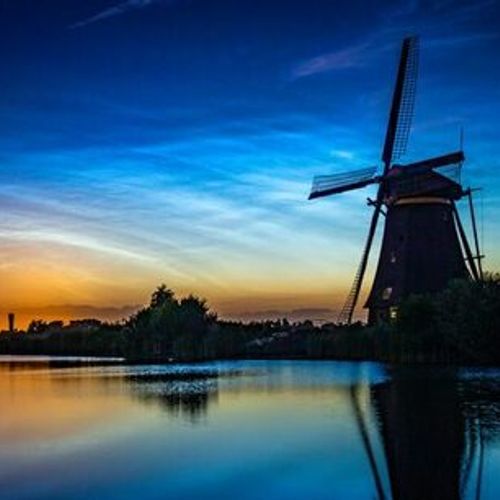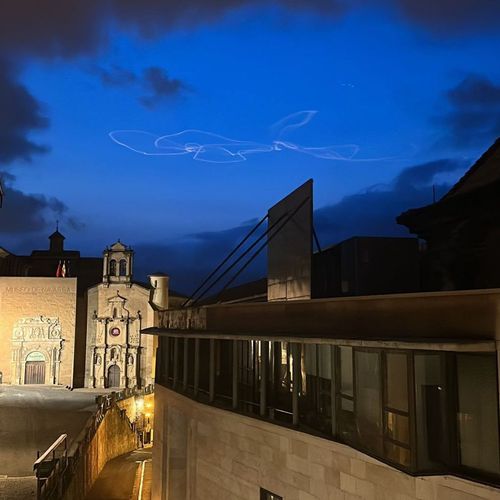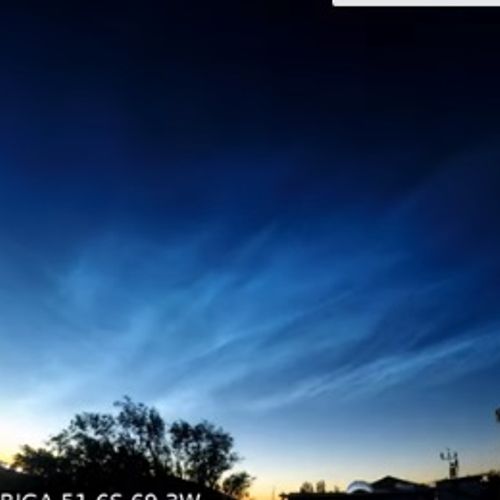
| Added | Wed, 26/01/2022 |
| Источники | |
| Дата публикации | Wed, 26/01/2022
|
| Версии |
Researchers from Germany were surprised yesterday, January 24, when the cameras they installed in Argentina recorded a bright flash of noctilucent clouds (NLC) in Rio Gallegos in Patagonia.
"Finally, the season of southern noctilucent clouds has lit up the sky with impressive effects," says Gerd Baumgarten from the Leibniz Institute of Atmospheric Physics.
NLCs are the highest clouds on Earth. They are formed when clouds of water vapor rise from the poles to the edge of space. Water crystallizing around meteorite dust particles creates electric blue structures. NLC is literally meteor smoke.
At this time of year, NLCs are usually located within the Antarctic Circle. Therefore, it is amazing to see how they break out into the middle southern latitudes; Rio Gallegos is at 51.6 oC.
To confirm that this is indeed NLC, Natalie Kayfler from the German Aerospace Center (DLR) scanned the clouds with a laser radar (lidar) in Rio Gallegos. The echo returned from a height of 85 km above the Earth's surface.
It is in this place that NLCs are usually formed. The reality of their actual presence has been scientifically confirmed.
Where did these clouds come from?
Probably from Tonga. The eruption of the Hunga-Tonga-Hunga-Hapai volcano on January 15 threw out a plume of ash, sulfur dioxide and (this is very important) water vapor to a height of more than 55 km.
Baumgarten and other researchers are studying the possibility that water from the volcano got into the mesosphere, creating a burst of silvery clouds.
Новости со схожими версиями
Log in or register to post comments

